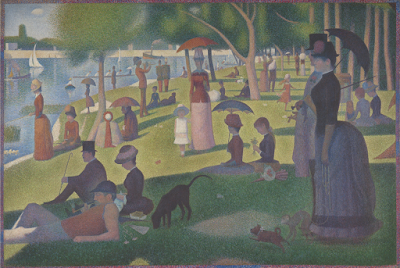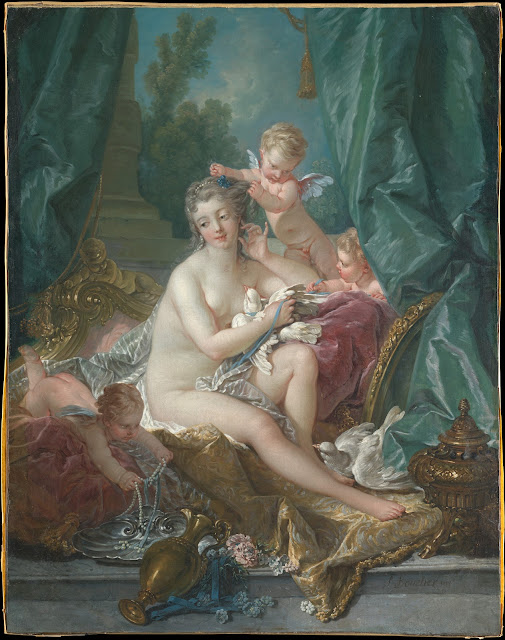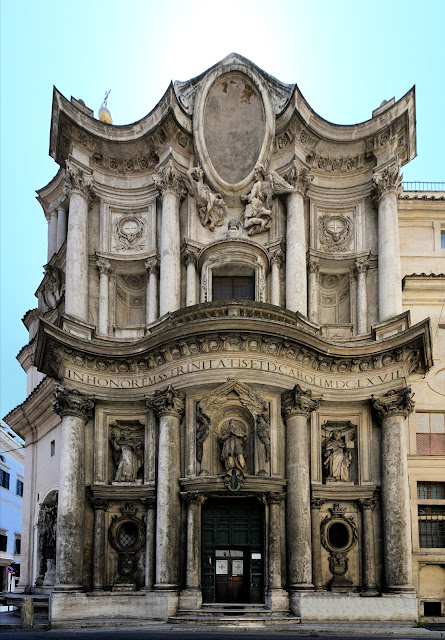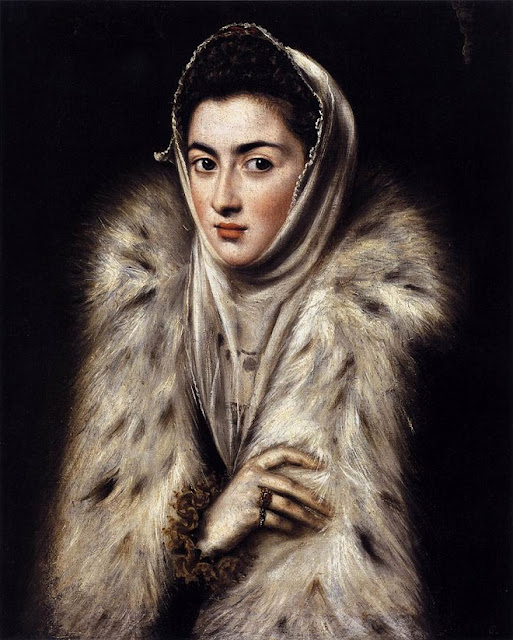Romanticism: Personal Preferences

Art in a Changing World: From the early 19th to late 20th centuries several art movements were popularized and then replaced as change swept across the world like never before. Largely due to the Industrial Revolution and the effects it had on the world at large, the rapid pace of growth across every facet of society was monumental. As a reflection of this rapid change the world of art began to take a new shape, as art " for its own sake " was now the modern ideal. Often referred to by the umbrella term Romanticism , artists of this time were constantly challenging old ideas with fresh ones, and because of this waves of artistic styles washed over society, as if the dams of creativity had finally been open. From the Romantic style to Realism, Post-Impressionism to Art Nouveau, artists working in every medium had near-limitless opportunities to express the world as they saw it. Post-Impressionism: Post-Impressionism, a term coined by English art critic Roger Fry i...


